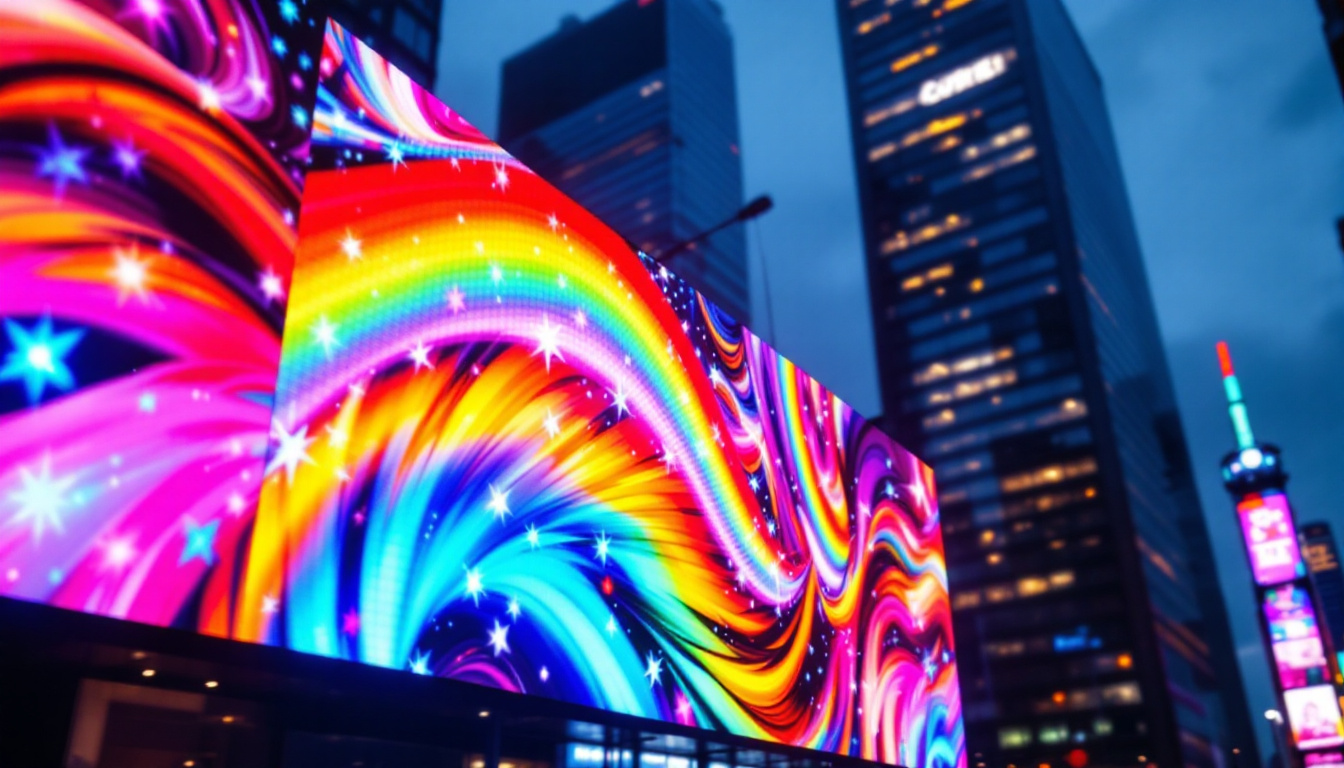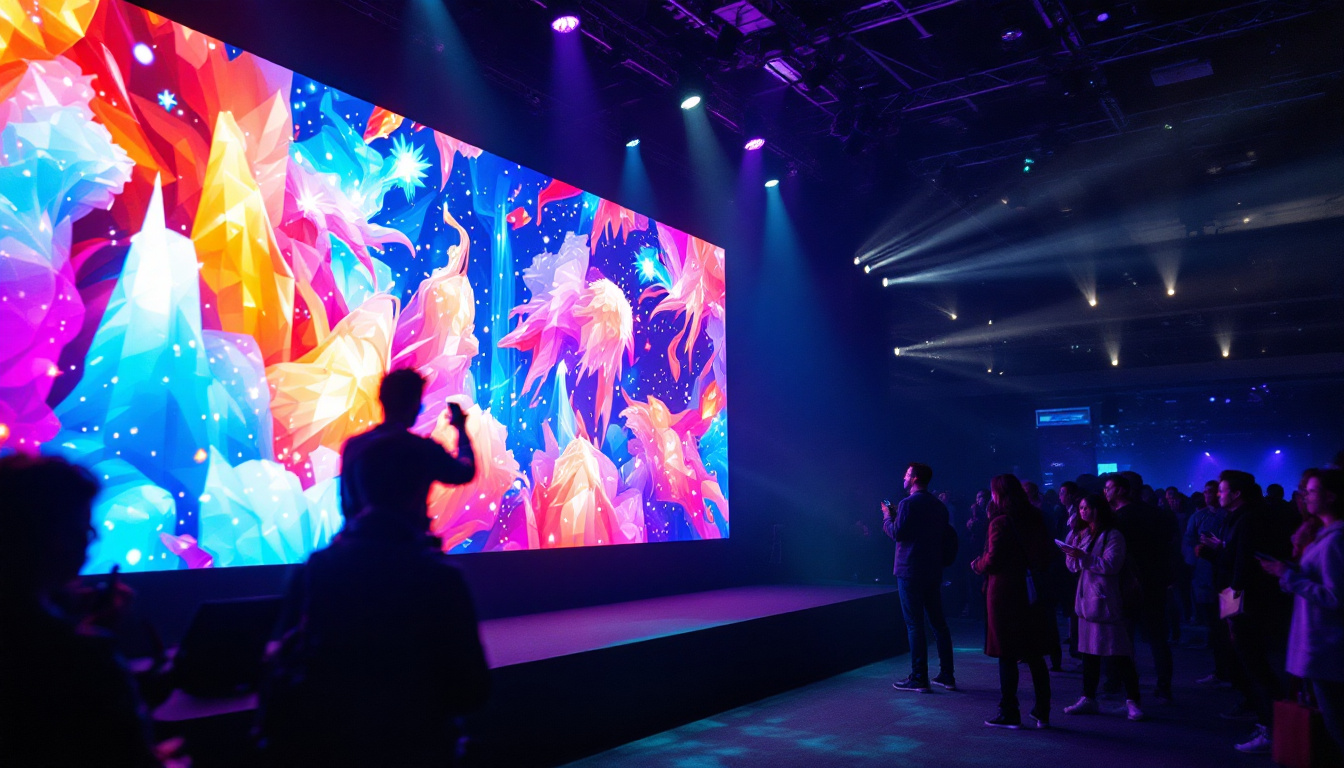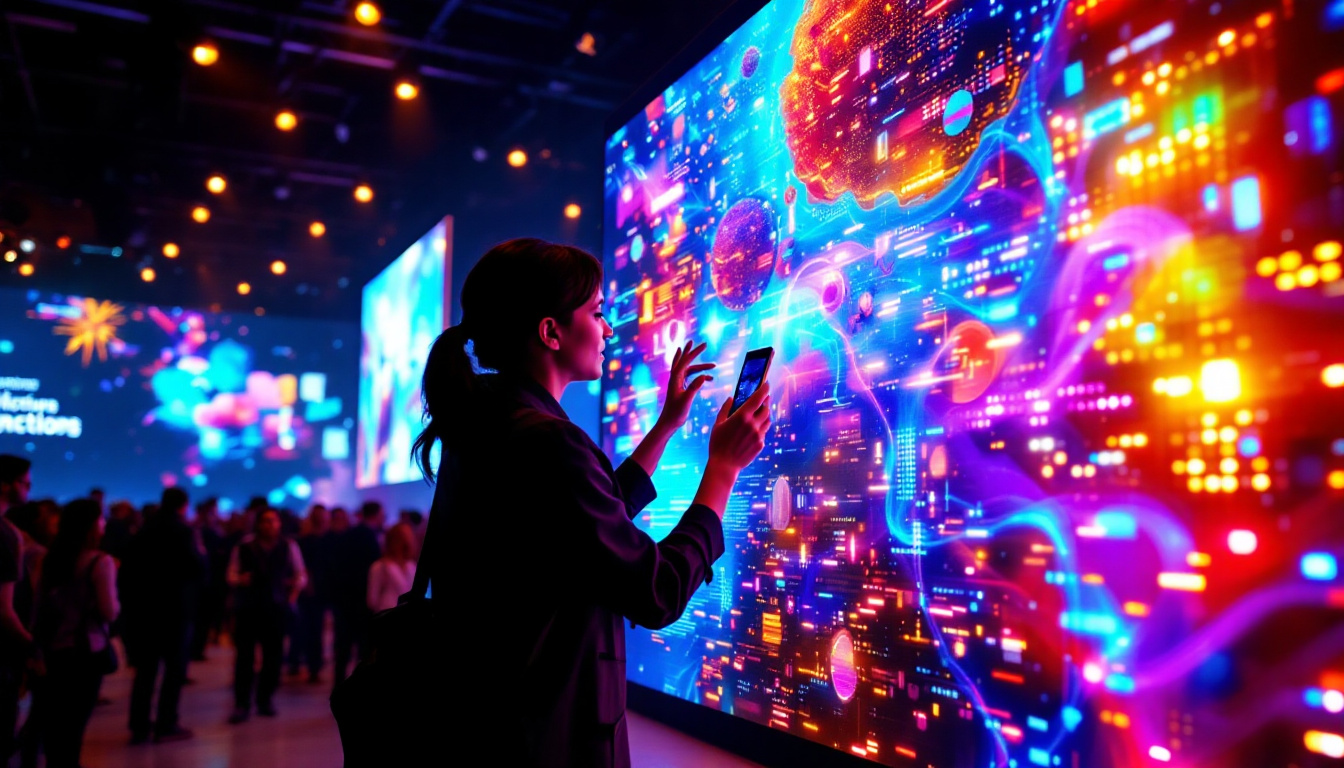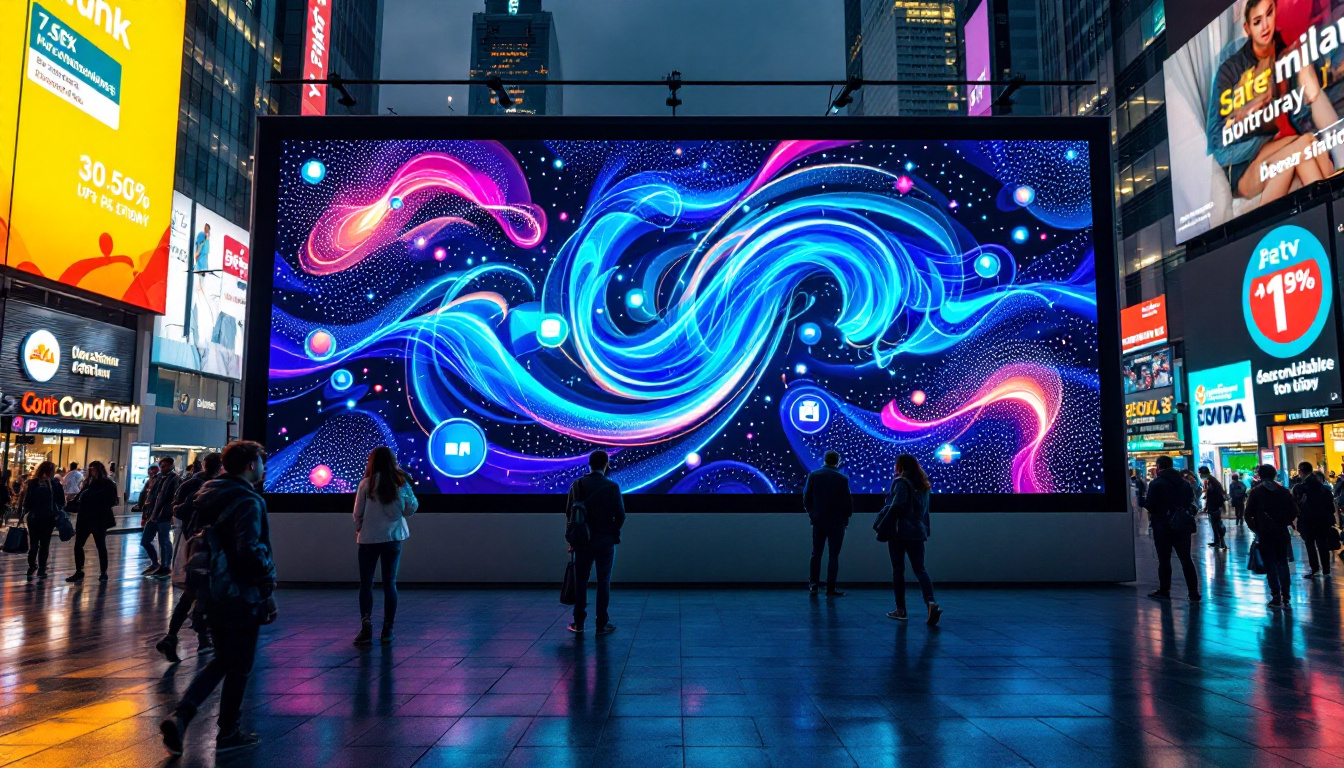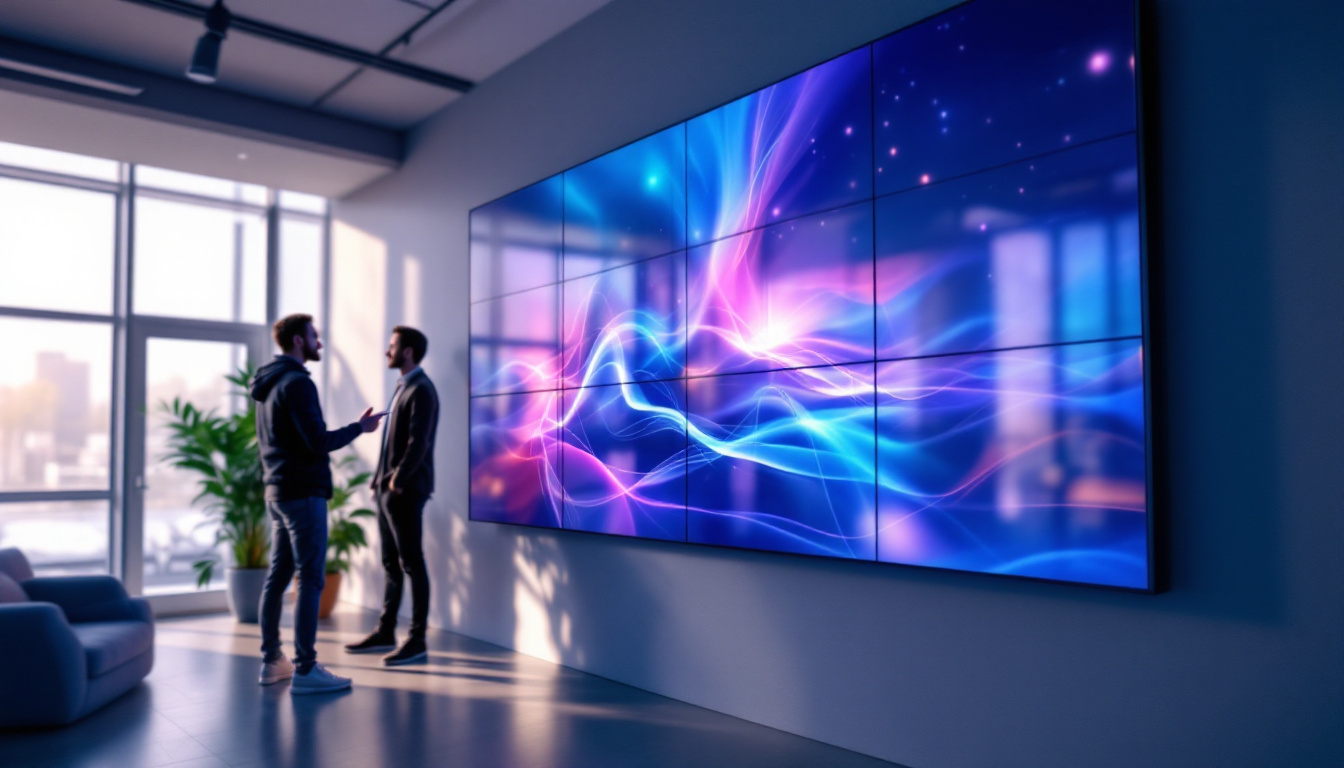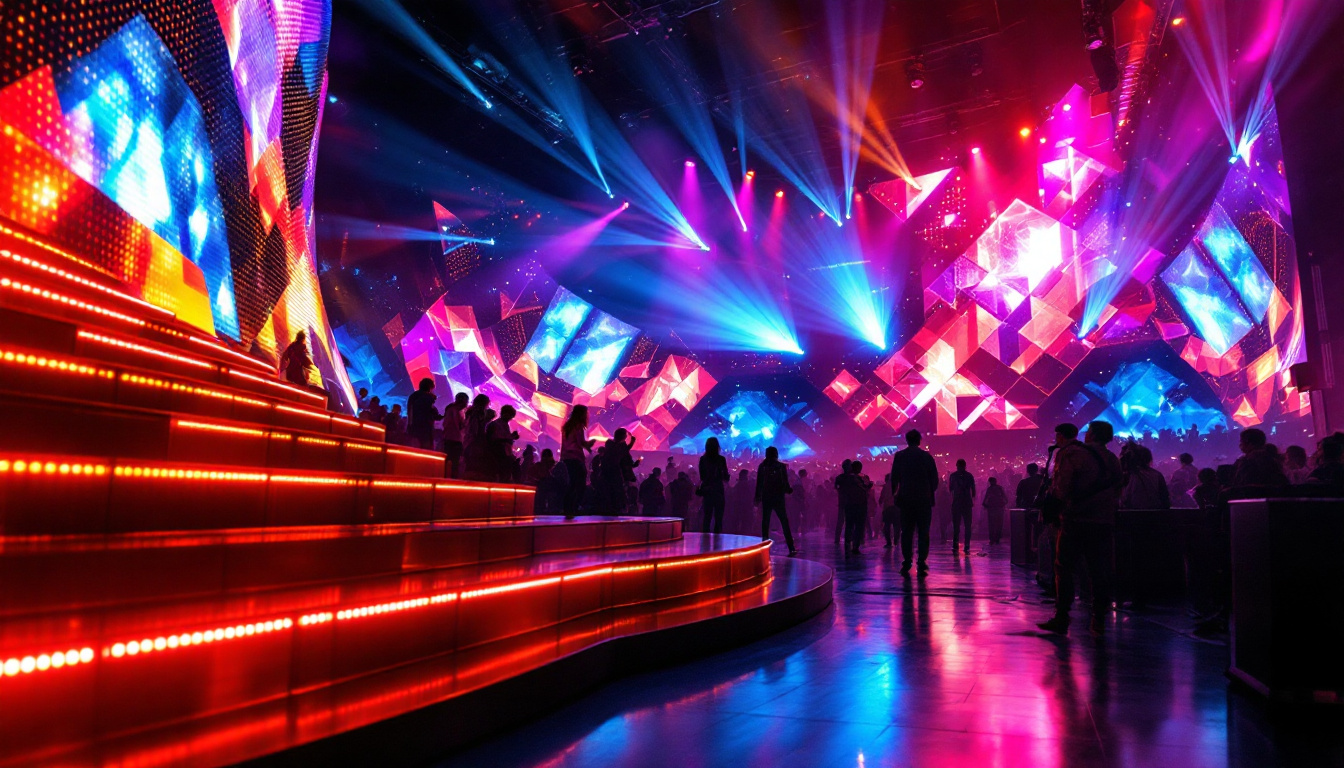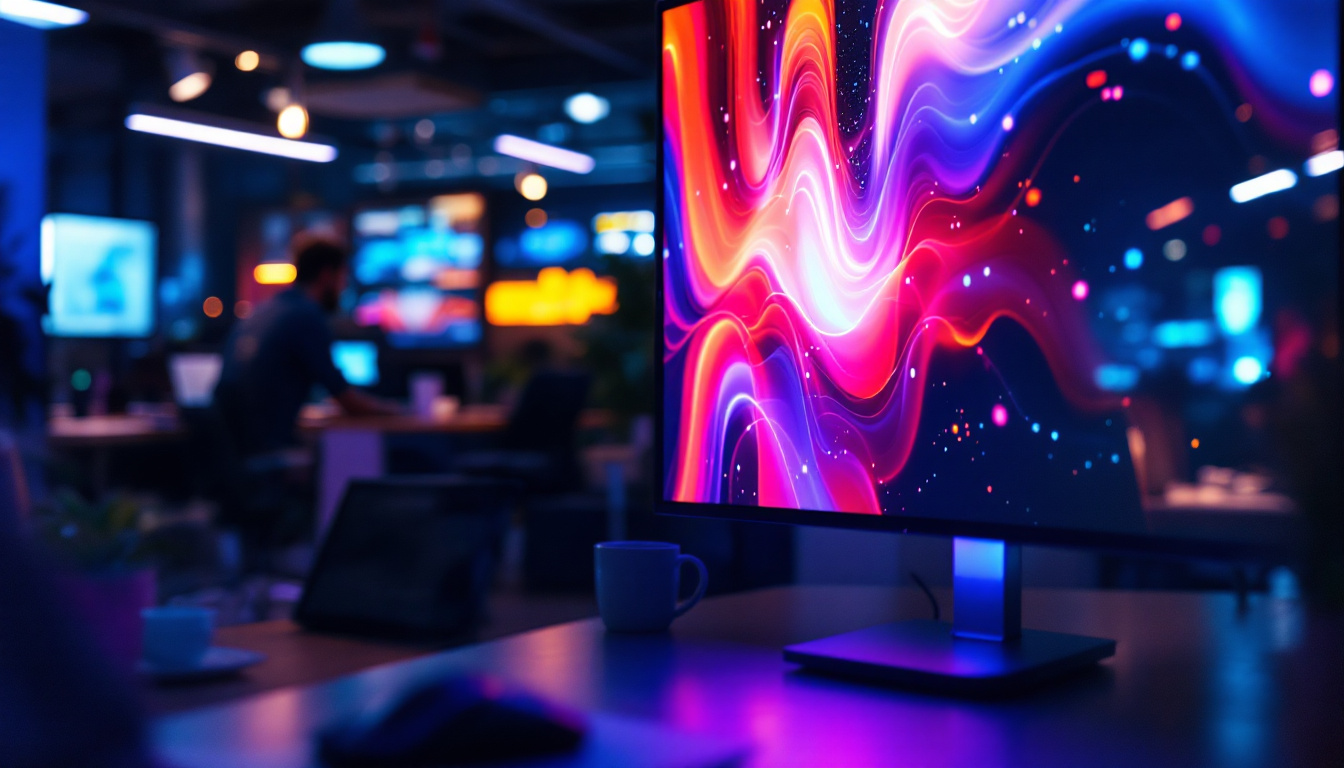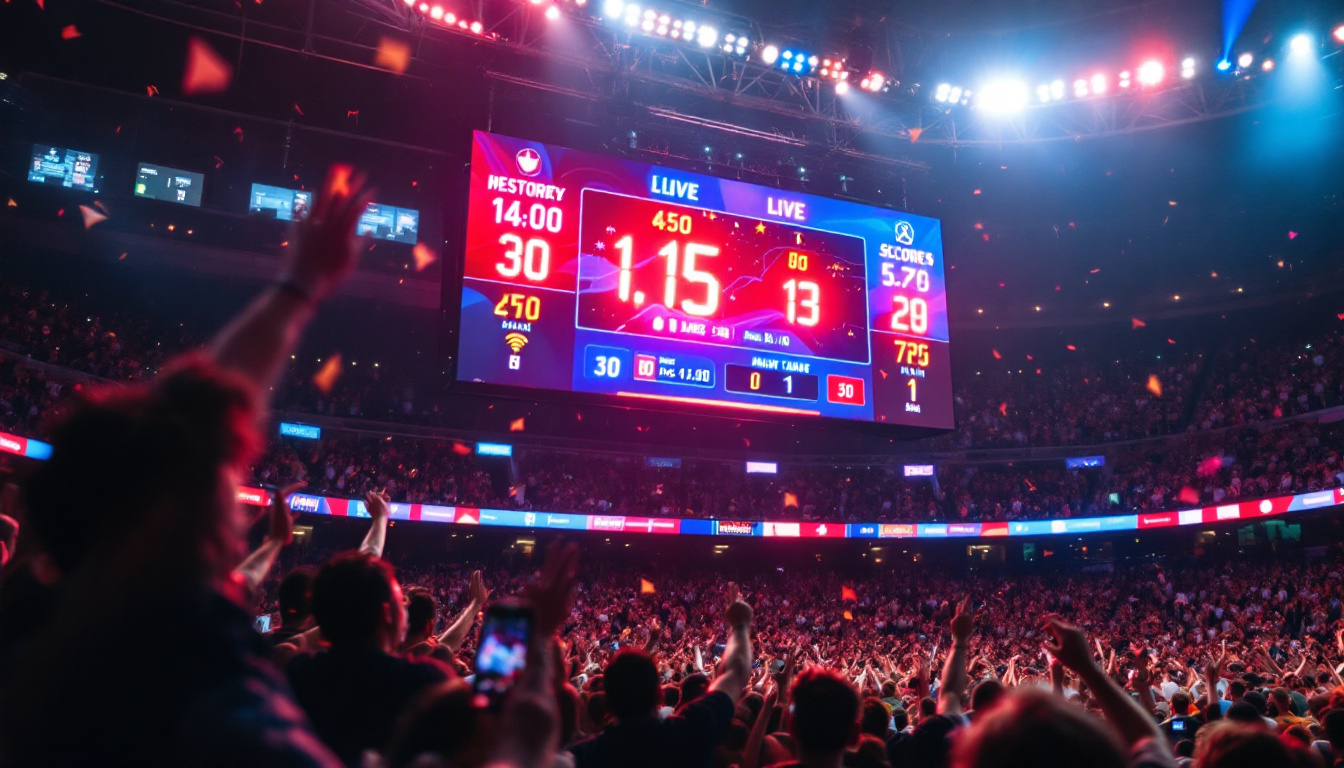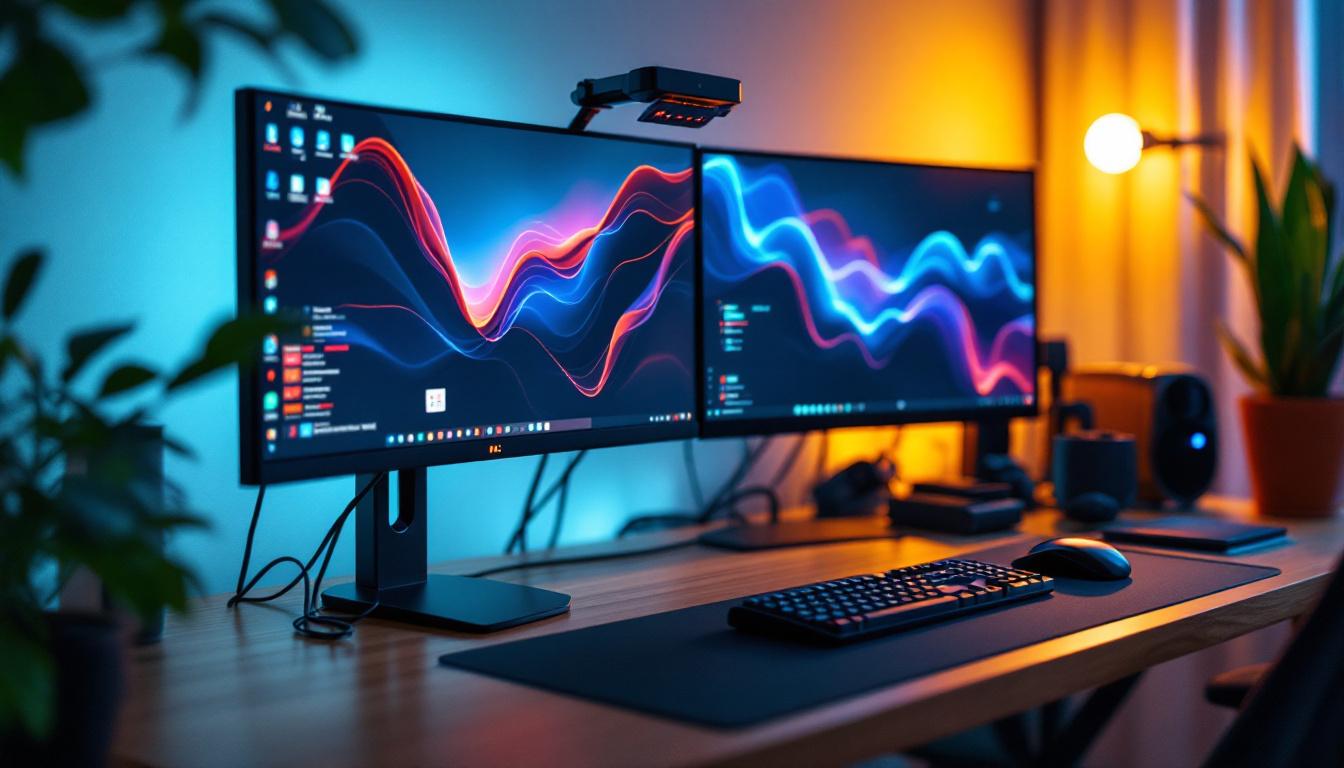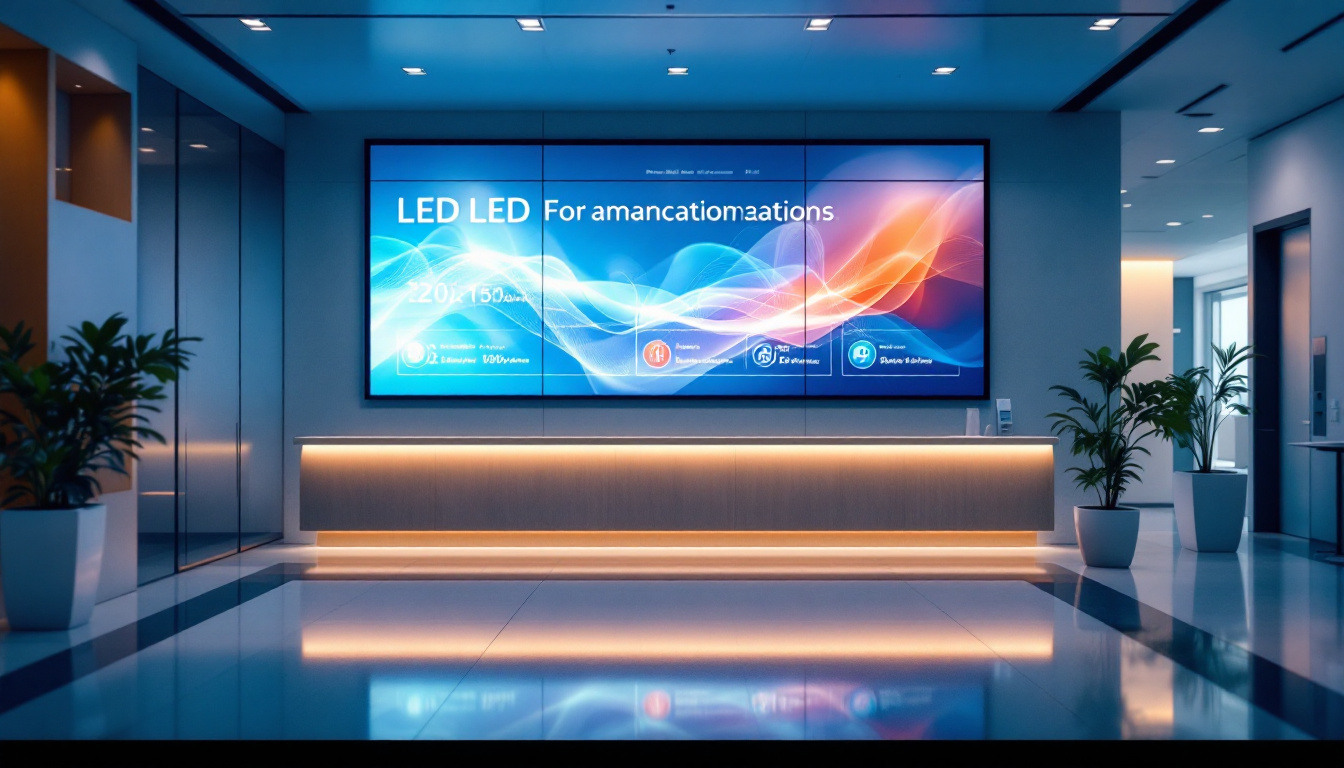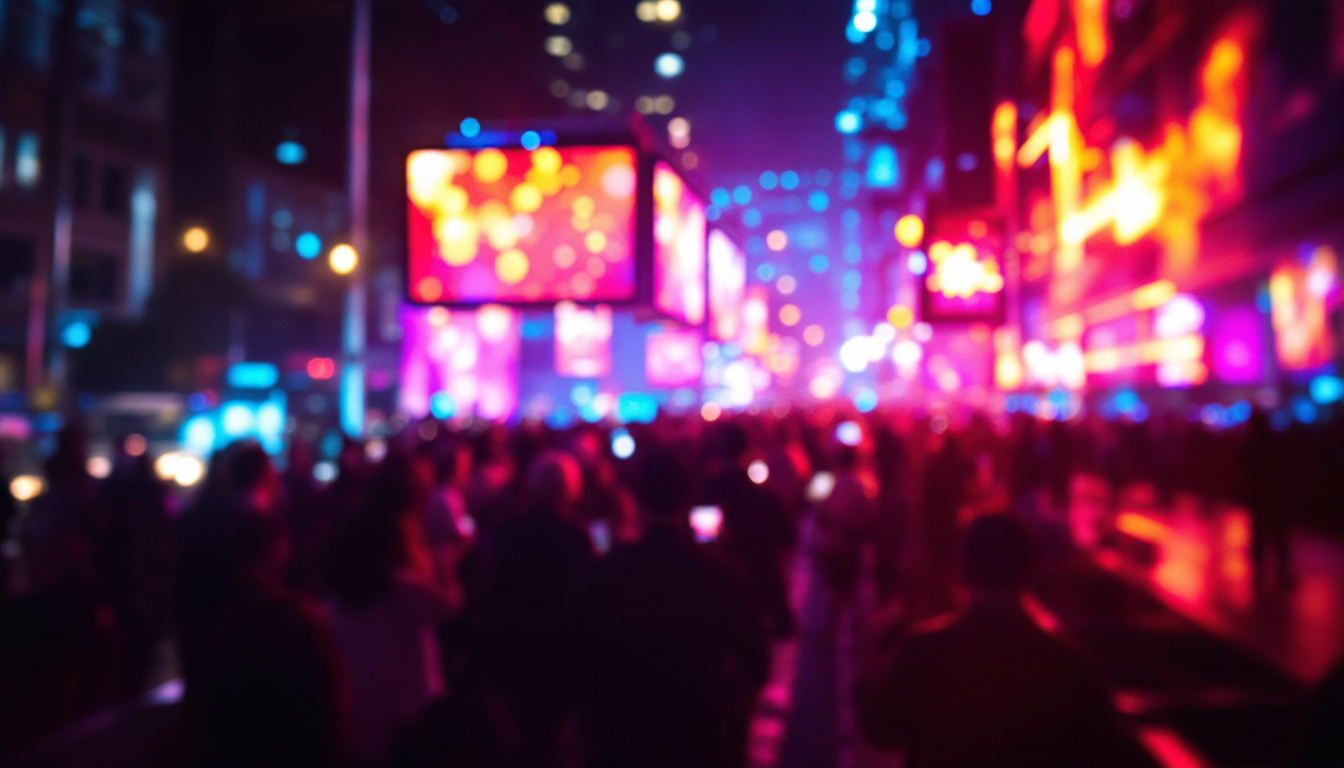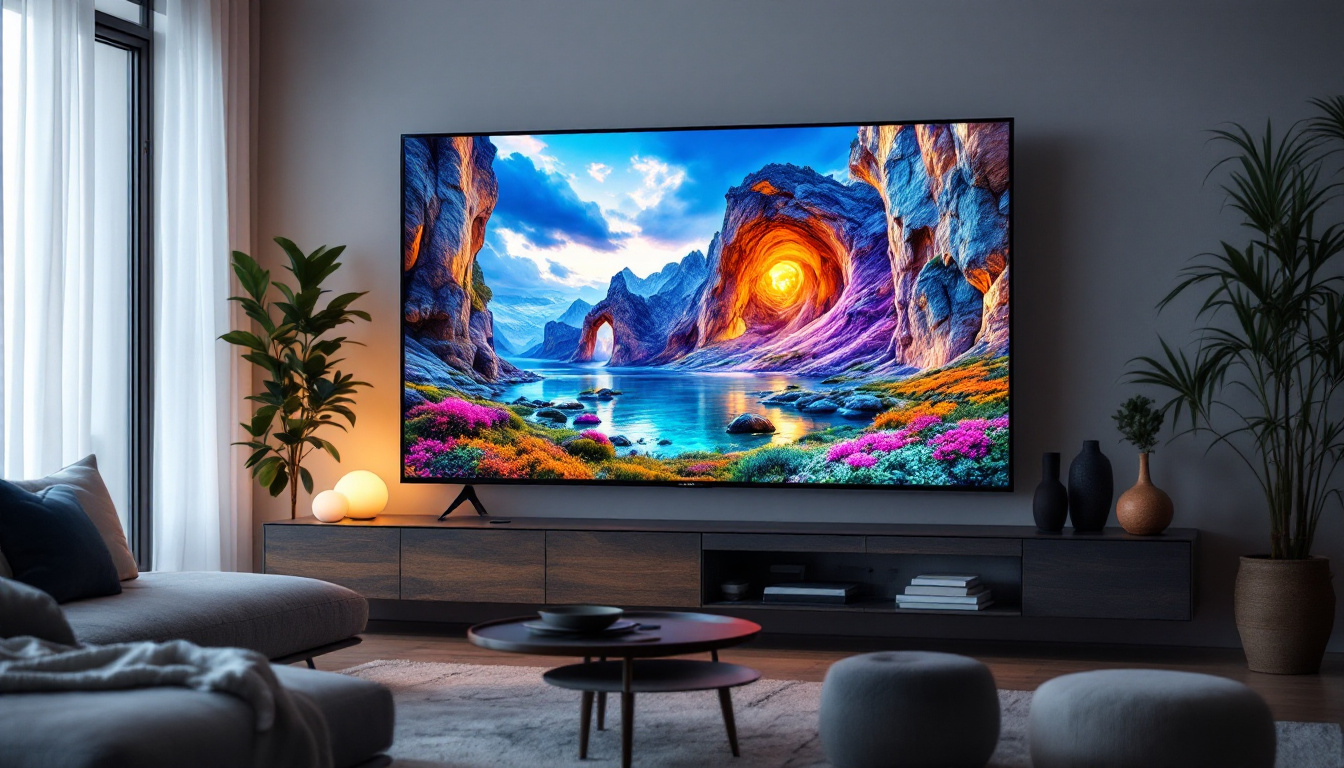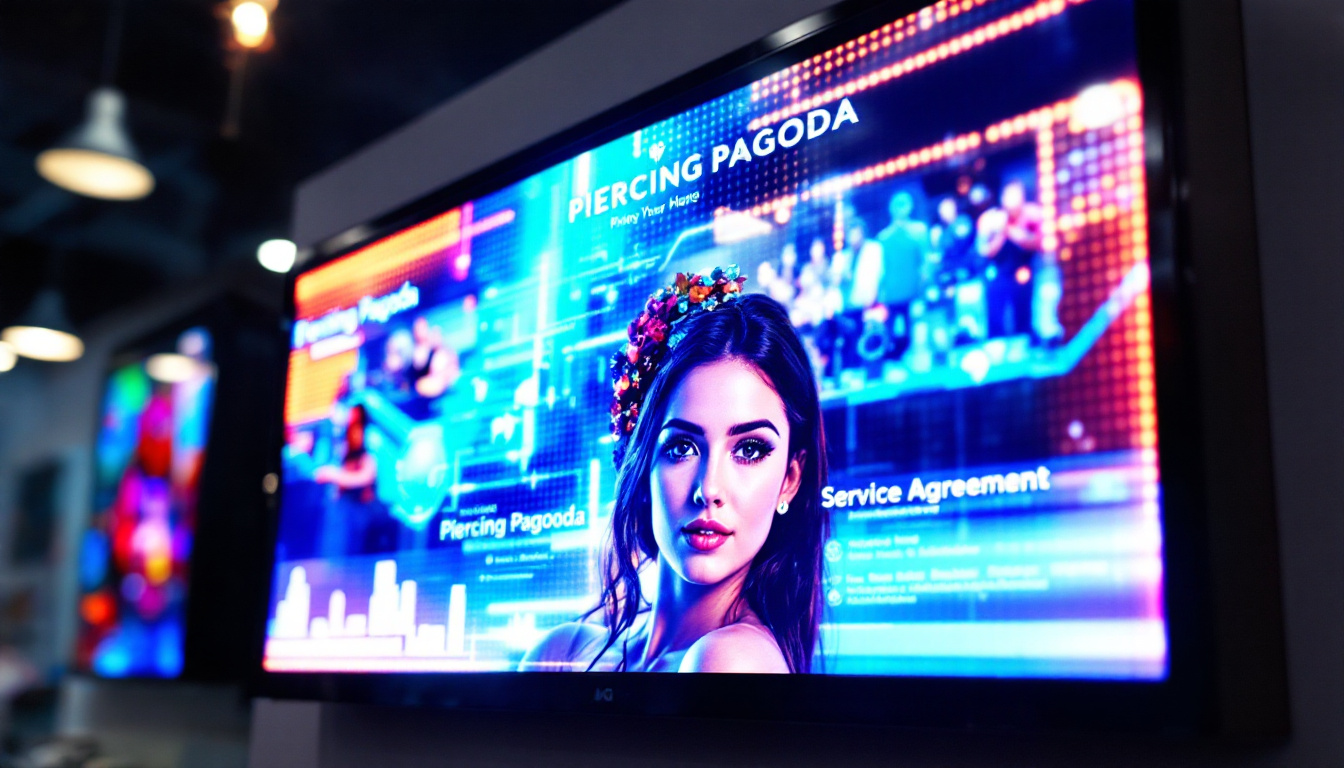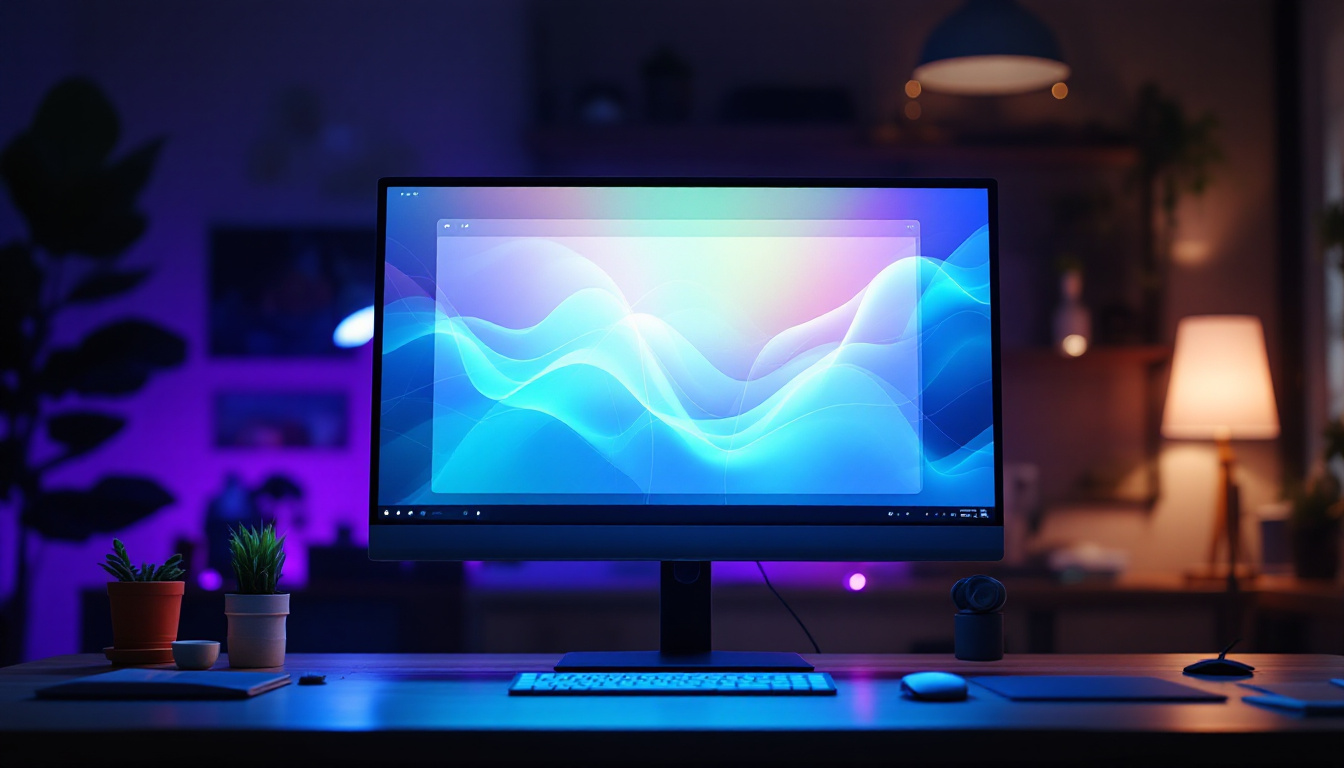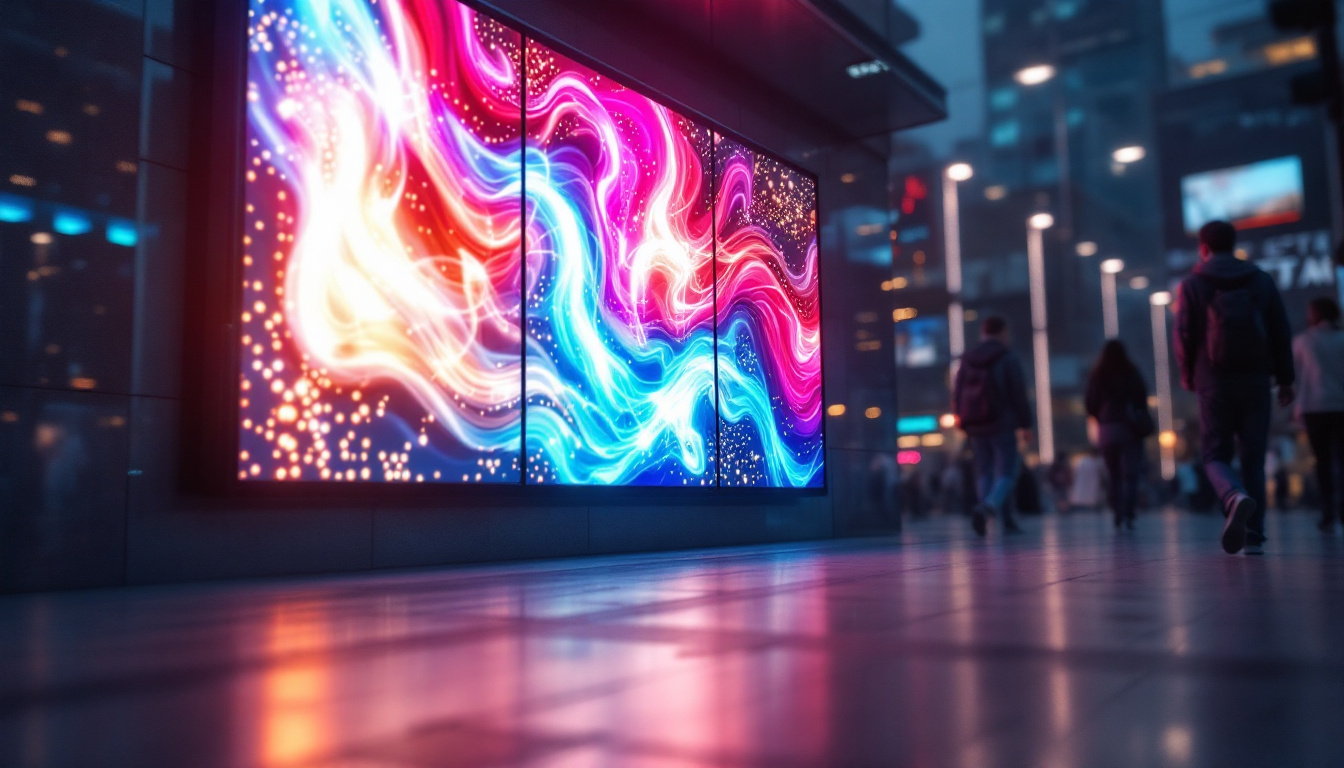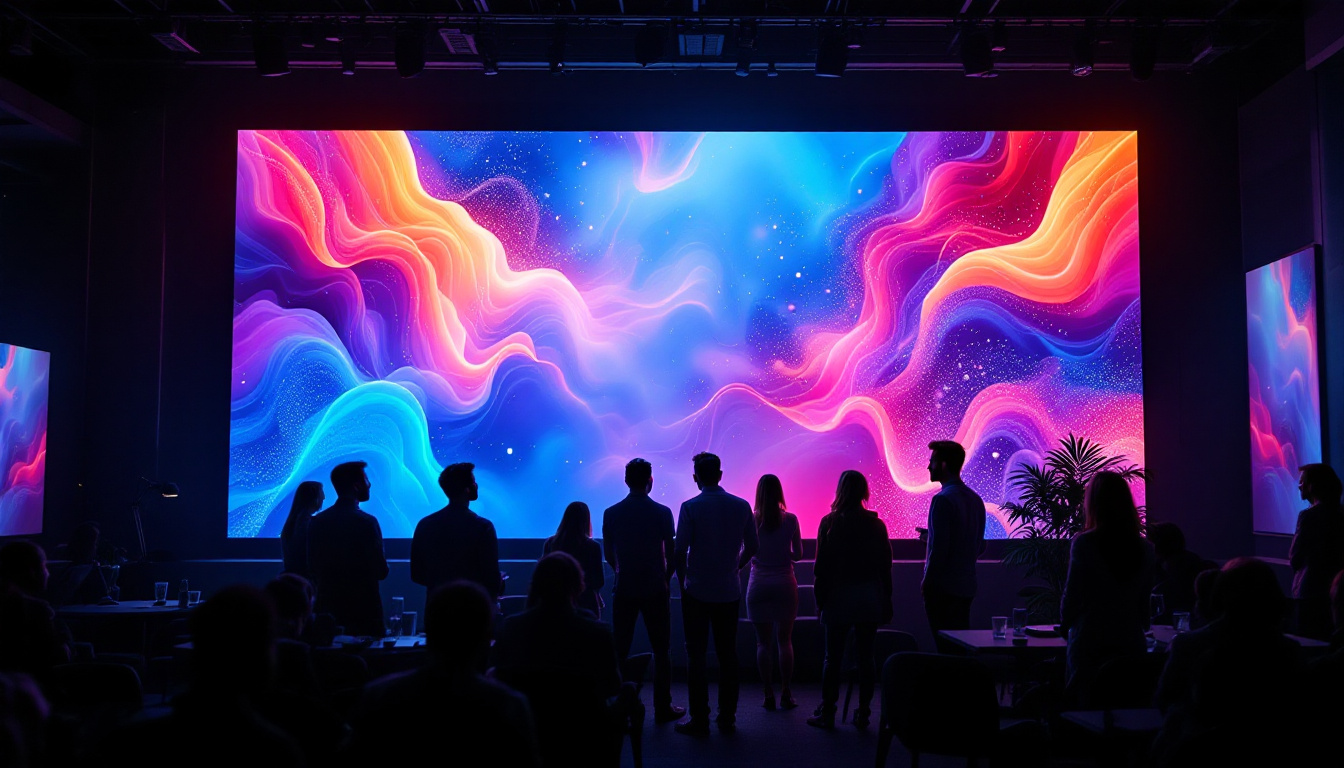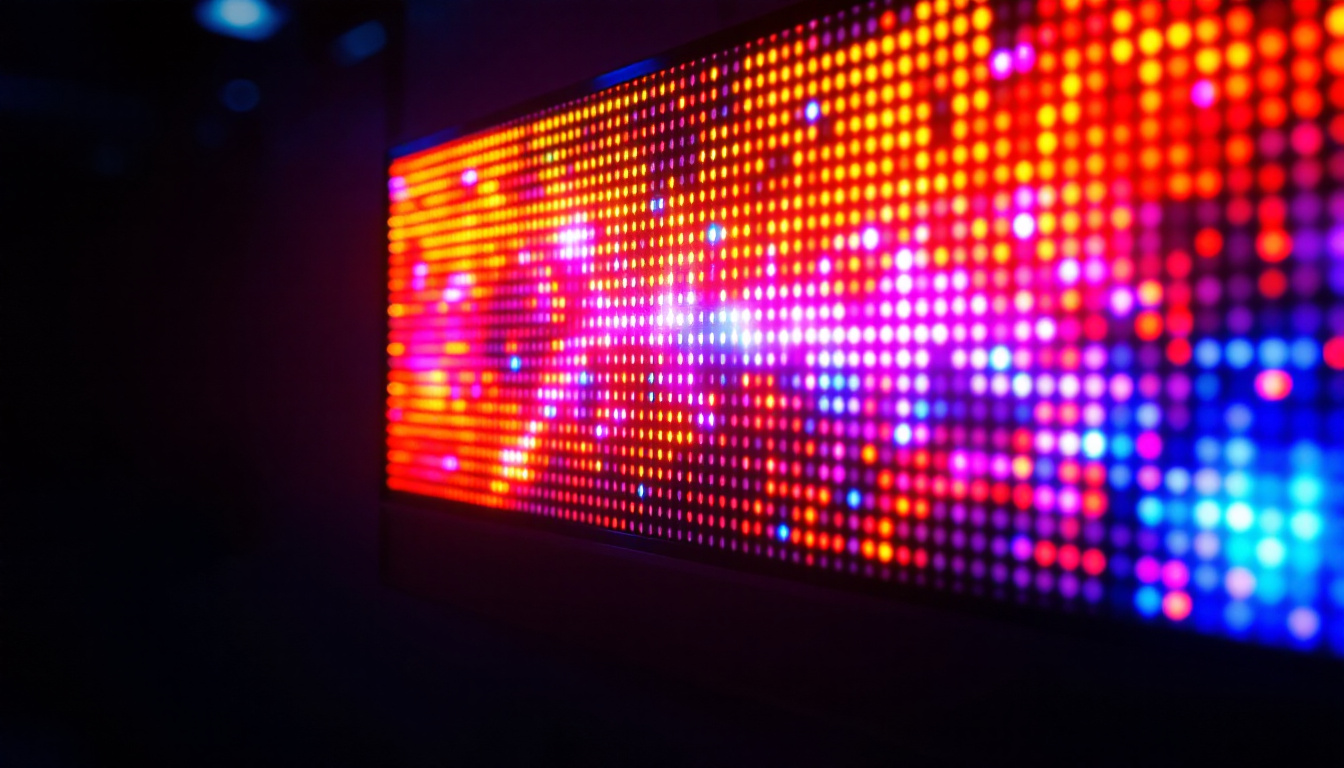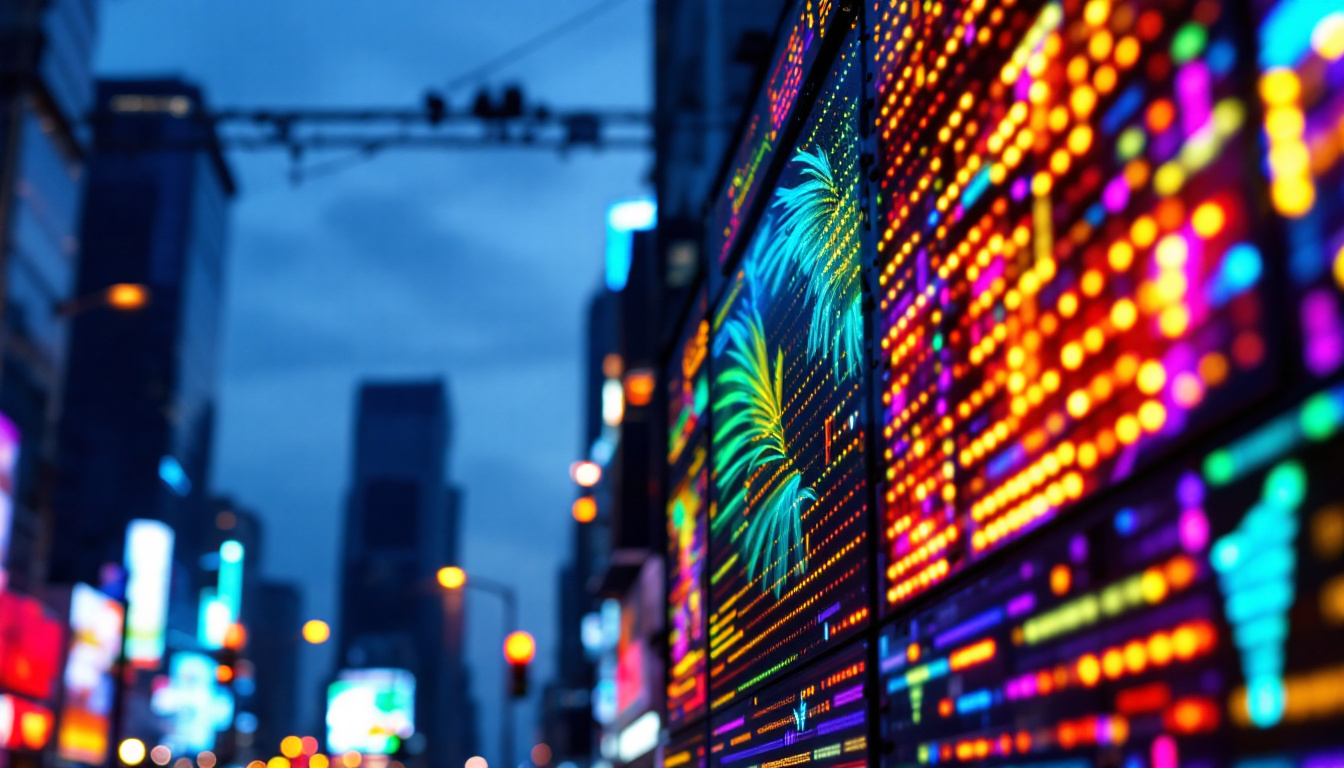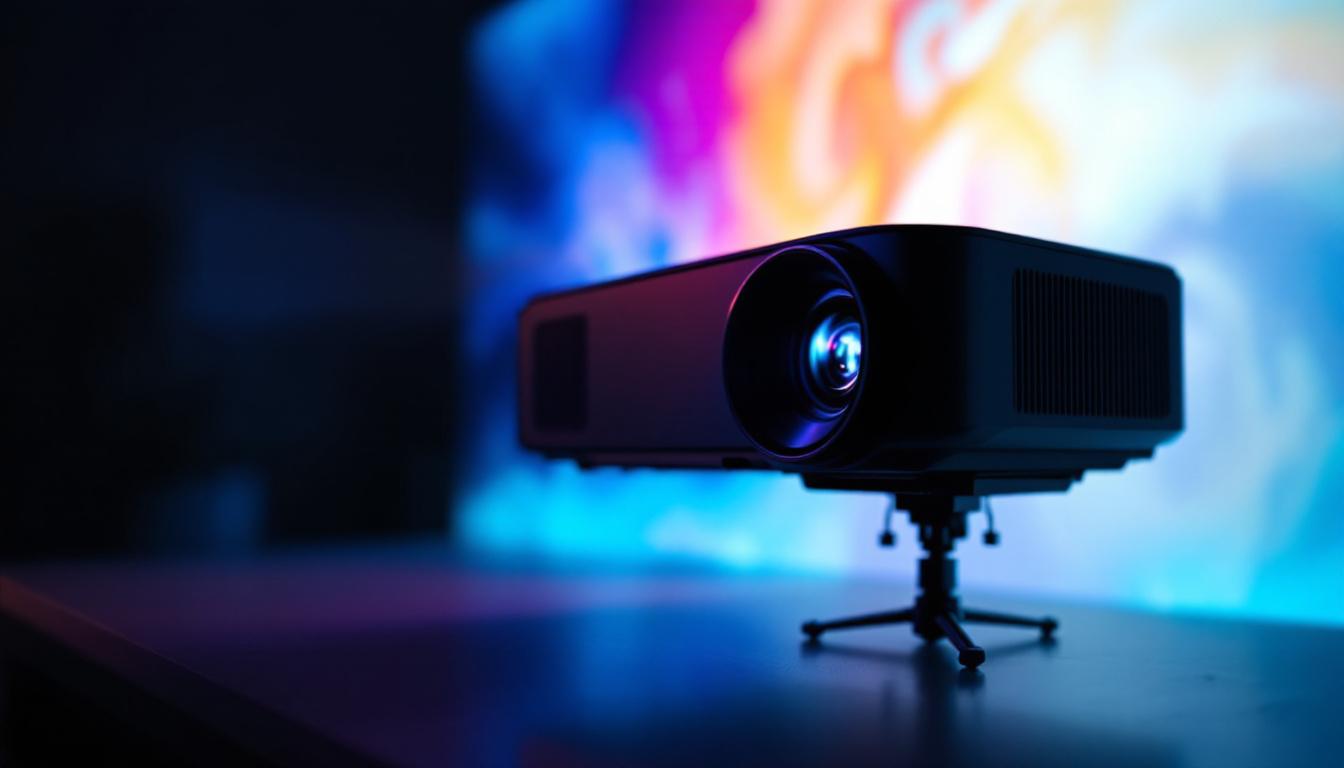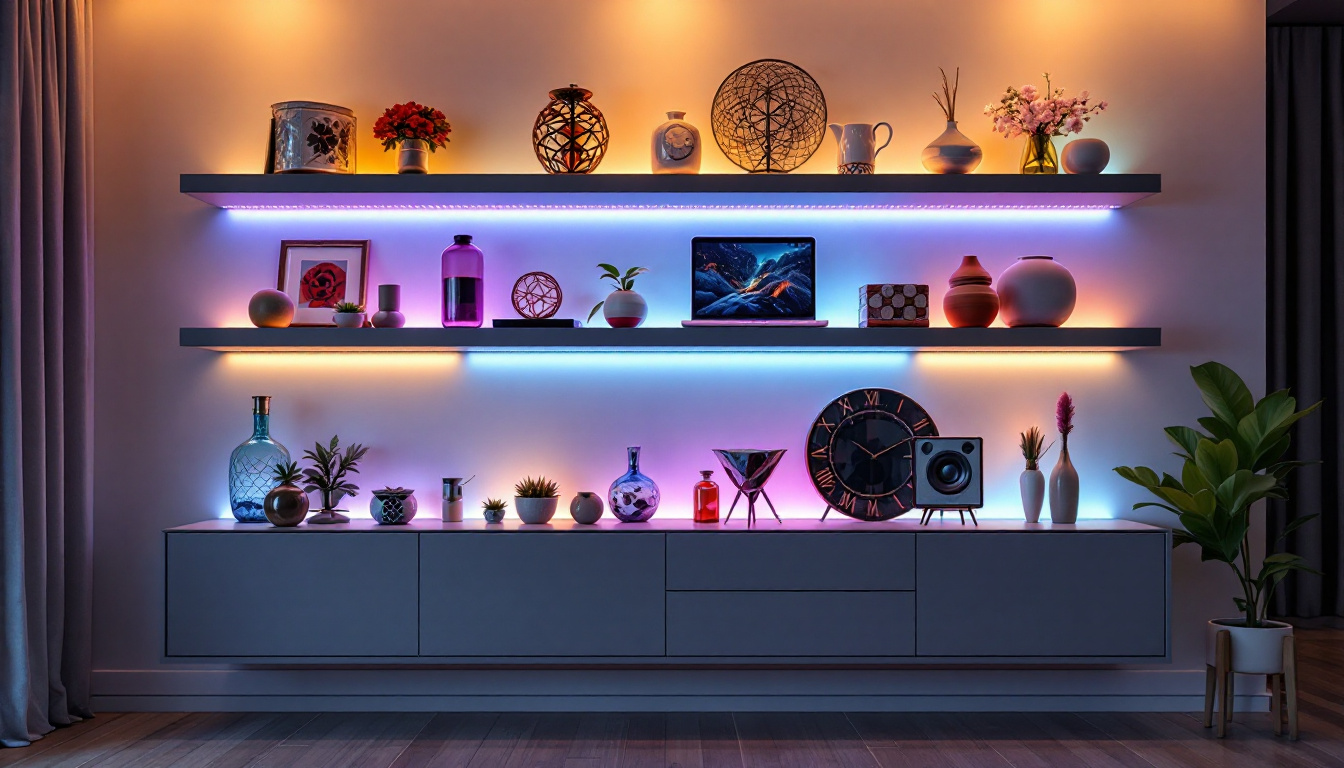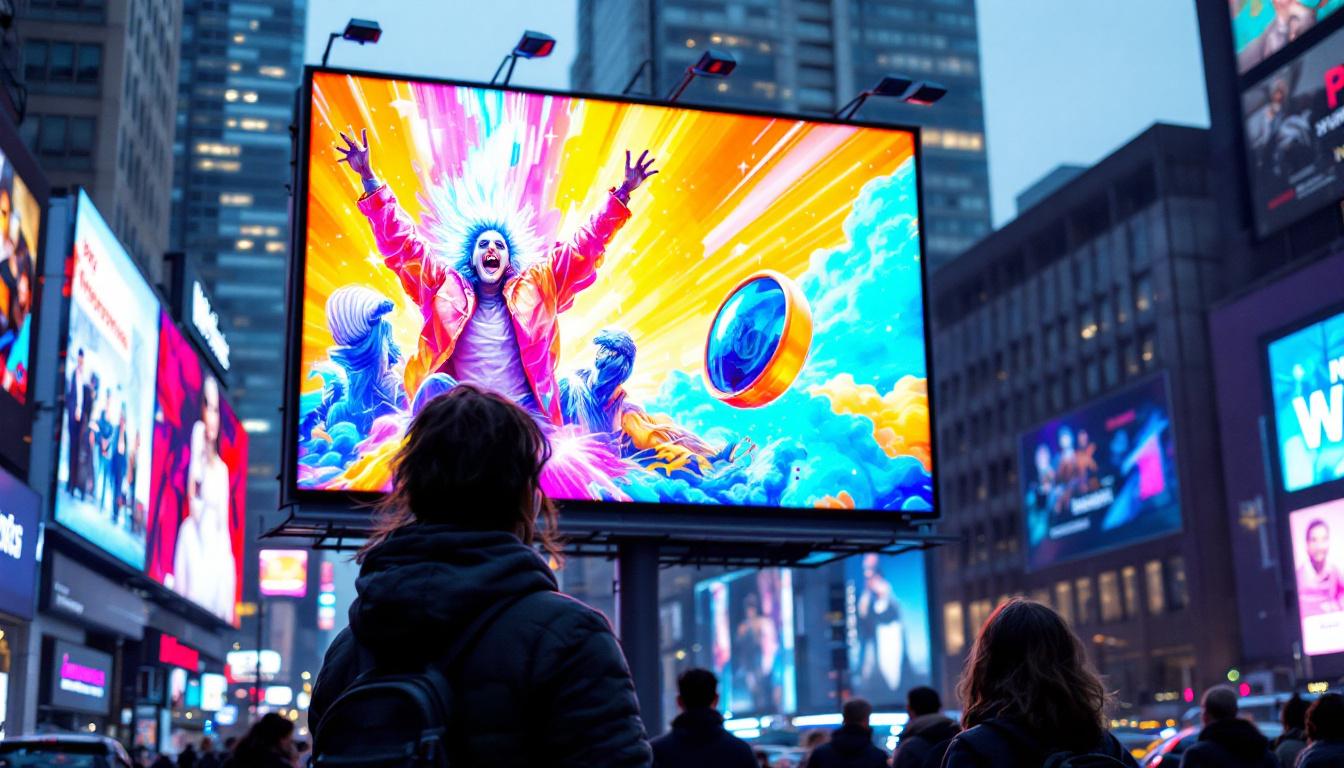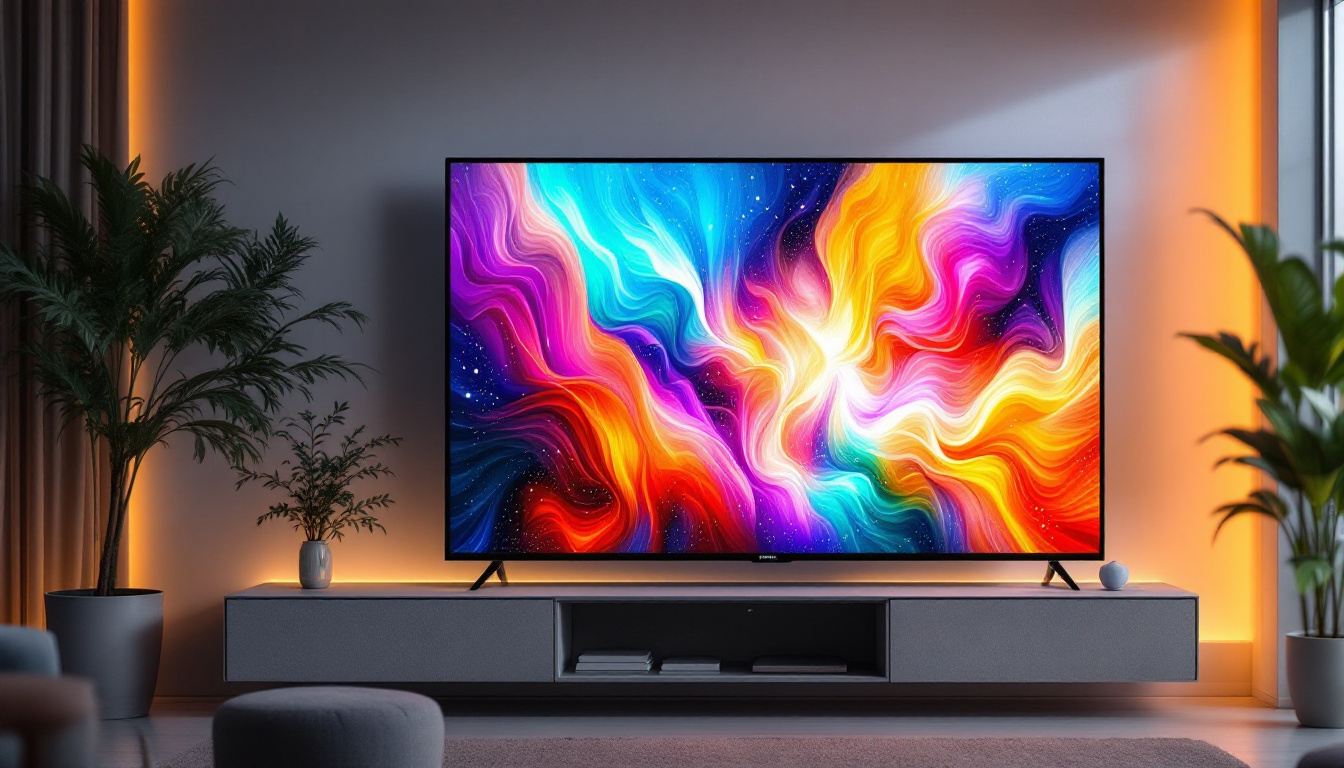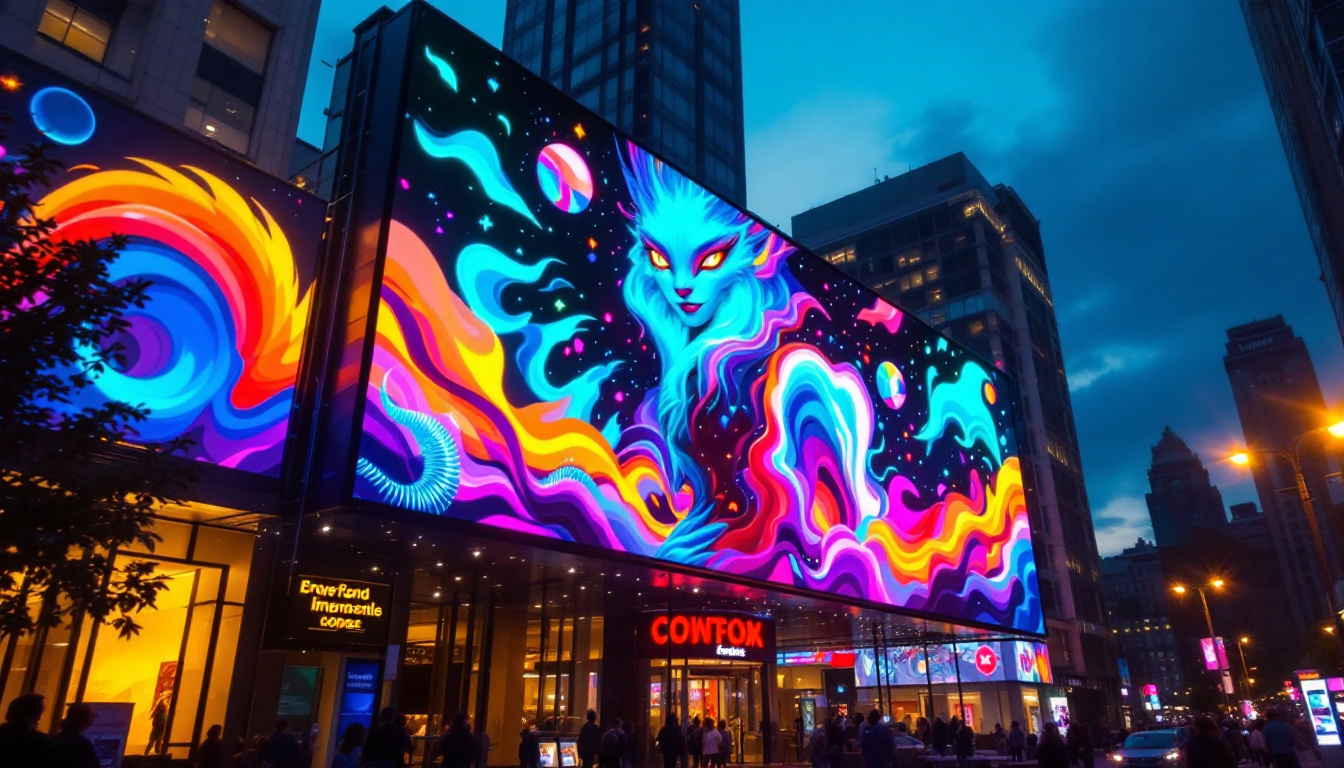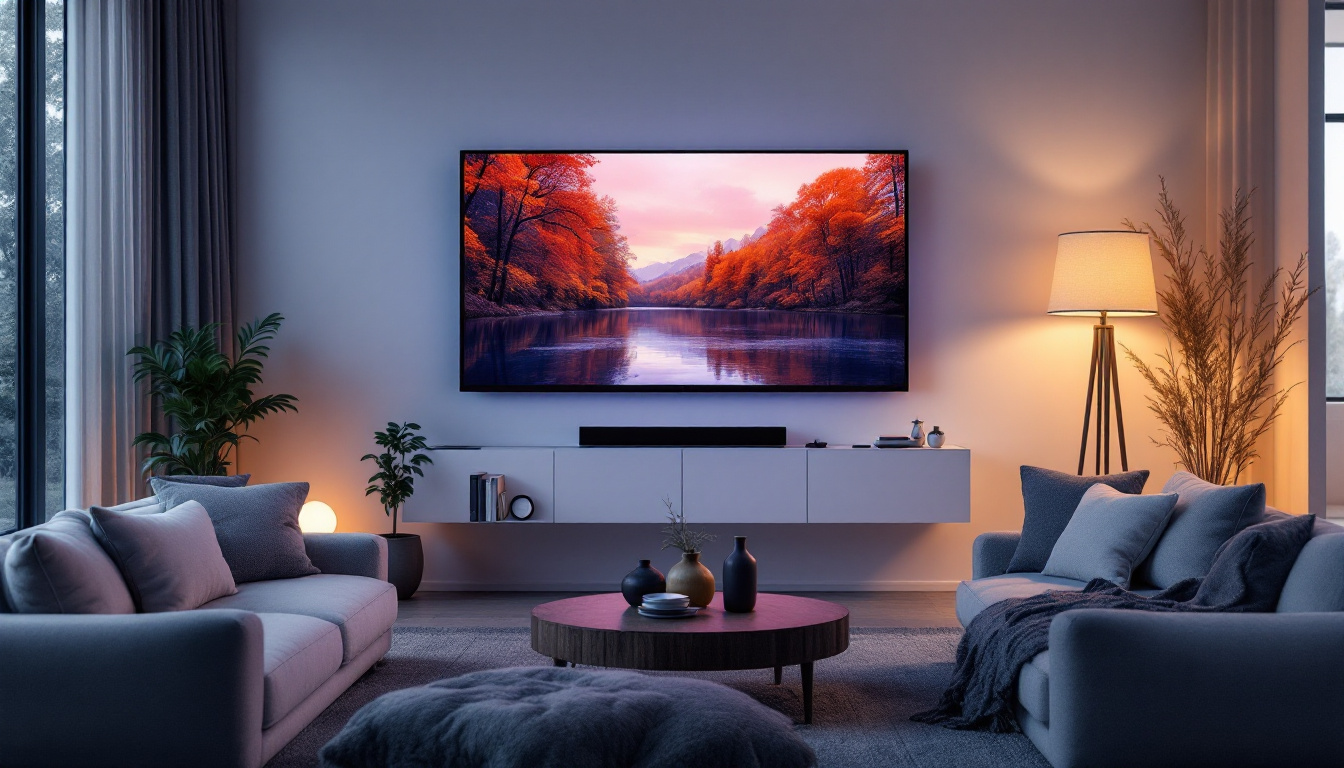In the world of modern technology, LED displays have become ubiquitous, transforming the way information is presented and consumed. From large advertising billboards to small screens on handheld devices, LED technology is at the forefront of visual communication. This article delves into the meaning of LED, the technology behind LED displays, their applications, and the benefits they bring to various sectors.
Understanding LED: Light Emitting Diodes
LED stands for Light Emitting Diode. It is a semiconductor device that emits light when an electric current passes through it. The fundamental principle behind an LED is electroluminescence, a phenomenon where a material emits light in response to an electric current or a strong electric field.
The Science Behind LEDs
At the core of an LED is a diode, which is a component that allows current to flow in one direction. When electrons move through the semiconductor material, they recombine with holes (the absence of electrons) and release energy in the form of photons. This is what creates light. The color of the emitted light depends on the materials used in the semiconductor, which can be adjusted to produce various wavelengths, resulting in different colors.
LEDs are typically made from materials such as gallium arsenide, gallium phosphide, and indium gallium nitride. These materials allow for the production of a wide spectrum of colors, making LEDs versatile for various applications. The efficiency of LEDs is significantly higher than traditional incandescent bulbs, as they convert a greater percentage of electrical energy into light rather than heat. This efficiency not only reduces energy consumption but also contributes to a longer lifespan, often exceeding 25,000 hours of use, which is far superior to conventional lighting options.
Types of LEDs
There are several types of LEDs, each designed for specific applications. The most common types include:
- Standard LEDs: Used in indicators and displays, these are the basic form of LEDs.
- High-Power LEDs: Designed for applications requiring high brightness, such as automotive lighting and streetlights.
- RGB LEDs: Capable of producing multiple colors by combining red, green, and blue light, commonly used in displays and decorative lighting.
- OLEDs (Organic LEDs): Made from organic compounds, these are used in screens for smartphones, televisions, and other devices.
In addition to these common types, there are also specialized LEDs such as UV LEDs, which emit ultraviolet light and are used in applications ranging from sterilization to curing inks and coatings. Furthermore, there are also smart LEDs that can be controlled via smartphone apps, allowing users to adjust brightness, color, and even set schedules for when the lights turn on and off. This integration of technology has led to the rise of smart homes, where lighting can be customized to fit the mood or activity, enhancing both convenience and energy efficiency.
Moreover, the growing popularity of LED technology has spurred significant advancements in the field, including the development of miniaturized LEDs for use in wearable devices and innovative lighting solutions that mimic natural daylight. These advancements not only improve the aesthetic appeal of lighting but also promote better health and well-being by aligning with our circadian rhythms. As research continues, the potential applications for LED technology are expanding, promising exciting developments in both consumer electronics and industrial uses.
The Evolution of LED Displays
LED technology has undergone significant advancements since its inception. Initially, LEDs were used primarily for indicator lights and simple displays. However, as technology progressed, their application expanded dramatically.
From Simple Displays to Complex Screens
The first LED displays were limited to single colors and low resolutions, primarily used for digital clocks and calculators. As the demand for more dynamic and colorful displays grew, manufacturers began developing multi-color and full-color LED displays.
Today, LED displays can be found in various forms, including outdoor billboards, indoor screens, and even flexible displays. The development of surface-mounted device (SMD) technology has allowed for higher pixel densities, enabling clearer and more vibrant images.
Impact of LED Technology on Industries
The impact of LED technology on various industries is profound. In advertising, for instance, LED displays have revolutionized the way brands communicate with consumers. High-resolution screens can display dynamic content, attracting attention and engaging audiences more effectively than traditional signage.
In the entertainment industry, LED technology has transformed concerts, sporting events, and theatrical productions. Large LED screens provide stunning visuals that enhance the overall experience for attendees. Additionally, in the field of healthcare, LED displays are used in medical imaging and patient monitoring systems, improving accuracy and efficiency.
Applications of LED Displays
LED displays have a wide range of applications across different sectors. Their versatility and efficiency make them suitable for various environments and purposes.
Advertising and Marketing
One of the most prominent applications of LED displays is in advertising. digital billboards and signage allow businesses to showcase their products and services in eye-catching ways. The ability to change content quickly and easily makes LED displays an attractive option for marketers.
Moreover, LED displays can be programmed to display targeted advertisements based on time of day, audience demographics, and even weather conditions, maximizing their effectiveness.
Sports and Entertainment Venues
In sports arenas and concert venues, LED displays are used to enhance the spectator experience. Large screens provide real-time updates, replays, and engaging visuals that keep audiences entertained. The vibrant colors and high brightness levels of LED displays ensure that content is visible even in bright outdoor settings.
Additionally, LED technology is used in stage lighting and effects, creating immersive environments that captivate audiences. The flexibility of LED lights allows for creative designs that can transform any venue.
Transportation and Public Information
LED displays are widely used in transportation systems, including airports, train stations, and bus terminals. They provide real-time information about arrivals, departures, and delays, helping passengers navigate their journeys more efficiently.
public information displays, such as those found in city centers, utilize LED technology to convey important announcements, event information, and emergency alerts. Their high visibility and adaptability make them ideal for communicating with large crowds.
Advantages of LED Displays
LED displays offer numerous advantages over traditional display technologies, making them a preferred choice for many applications.
Energy Efficiency
One of the most significant benefits of LED displays is their energy efficiency. Compared to traditional incandescent or fluorescent displays, LEDs consume significantly less power. This not only reduces electricity costs but also contributes to environmental sustainability.
Moreover, the longevity of LED technology means that displays require less frequent replacements, further reducing waste and energy consumption associated with manufacturing and disposal.
High Brightness and Clarity
LED displays are known for their high brightness levels, making them suitable for various lighting conditions. Whether in direct sunlight or dimly lit environments, LED screens maintain clarity and vibrancy, ensuring that content is easily readable and visually appealing.
The high contrast ratio of LED displays enhances image quality, providing sharp and vivid visuals that captivate audiences.
Durability and Reliability
LED displays are built to withstand harsh conditions, making them highly durable and reliable. Unlike traditional displays, which can be fragile and susceptible to damage, LED screens are often resistant to shock, vibration, and temperature fluctuations.
This durability makes LED displays ideal for outdoor applications, where they can endure exposure to the elements while continuing to function effectively.
Challenges and Considerations
Despite their many advantages, LED displays also come with certain challenges and considerations that need to be addressed.
Initial Cost
The initial cost of LED displays can be higher than traditional display technologies. While the long-term savings in energy and maintenance costs may offset this initial investment, organizations must carefully consider their budgets and financing options.
However, as technology advances and production methods improve, the cost of LED displays has been steadily decreasing, making them more accessible to a broader range of users.
Heat Management
LED displays generate heat during operation, which can affect their performance and lifespan if not managed properly. Effective heat dissipation mechanisms, such as heat sinks and fans, are essential to ensure that the displays operate within safe temperature ranges.
Proper installation and maintenance are critical to preventing overheating issues and ensuring the longevity of LED displays.
Color Calibration
Achieving accurate color representation can be a challenge with LED displays, especially when multiple screens are used in a single installation. Color calibration is necessary to ensure that all displays present consistent and accurate colors.
This process can be complex and may require specialized equipment and expertise, adding to the overall cost and maintenance of LED display systems.
The Future of LED Displays
As technology continues to evolve, the future of LED displays looks promising. Innovations in materials, manufacturing processes, and design are expected to enhance the capabilities of LED technology.
Advancements in MicroLED and MiniLED Technology
MicroLED and MiniLED technologies represent the next generation of LED displays. These advancements allow for even smaller pixels, resulting in higher resolutions and improved image quality. MicroLED displays, in particular, offer the potential for self-emissive screens that do not require a backlight, leading to thinner and more flexible designs.
These technologies are expected to revolutionize the consumer electronics market, providing stunning visuals for televisions, smartphones, and other devices.
Integration with Smart Technologies
The integration of LED displays with smart technologies is another exciting development. As the Internet of Things (IoT) continues to grow, LED displays can be connected to networks, allowing for real-time data updates, remote management, and interactive features.
This connectivity opens up new possibilities for advertising, entertainment, and information dissemination, making LED displays even more versatile and impactful.
Conclusion
LED displays have transformed the landscape of visual communication, offering unparalleled brightness, energy efficiency, and versatility. Their applications span various industries, from advertising to healthcare, enhancing the way information is presented and consumed.
While challenges such as initial costs and heat management exist, the benefits of LED technology far outweigh these concerns. As advancements continue to emerge, the future of LED displays promises even greater innovations, making them an essential component of modern technology.
In a world where visual engagement is paramount, understanding the meaning and functionality of LED displays is crucial for businesses and consumers alike. Embracing this technology can lead to more effective communication, improved experiences, and a brighter future.
Discover the Future of Visual Communication with LumenMatrix
Ready to elevate your visual engagement to the next level? Explore LumenMatrix’s comprehensive range of LED display solutions tailored to meet your unique needs. From Indoor and Outdoor LED Wall Displays to innovative LED Sports and Floor Displays, LumenMatrix is at the forefront of creating immersive and dynamic visual experiences. Whether you’re looking to captivate your audience, enhance brand visibility, or deliver your message with precision, our cutting-edge technology is designed to revolutionize the way you communicate. Check out LumenMatrix LED Display Solutions today and join the visual revolution.

